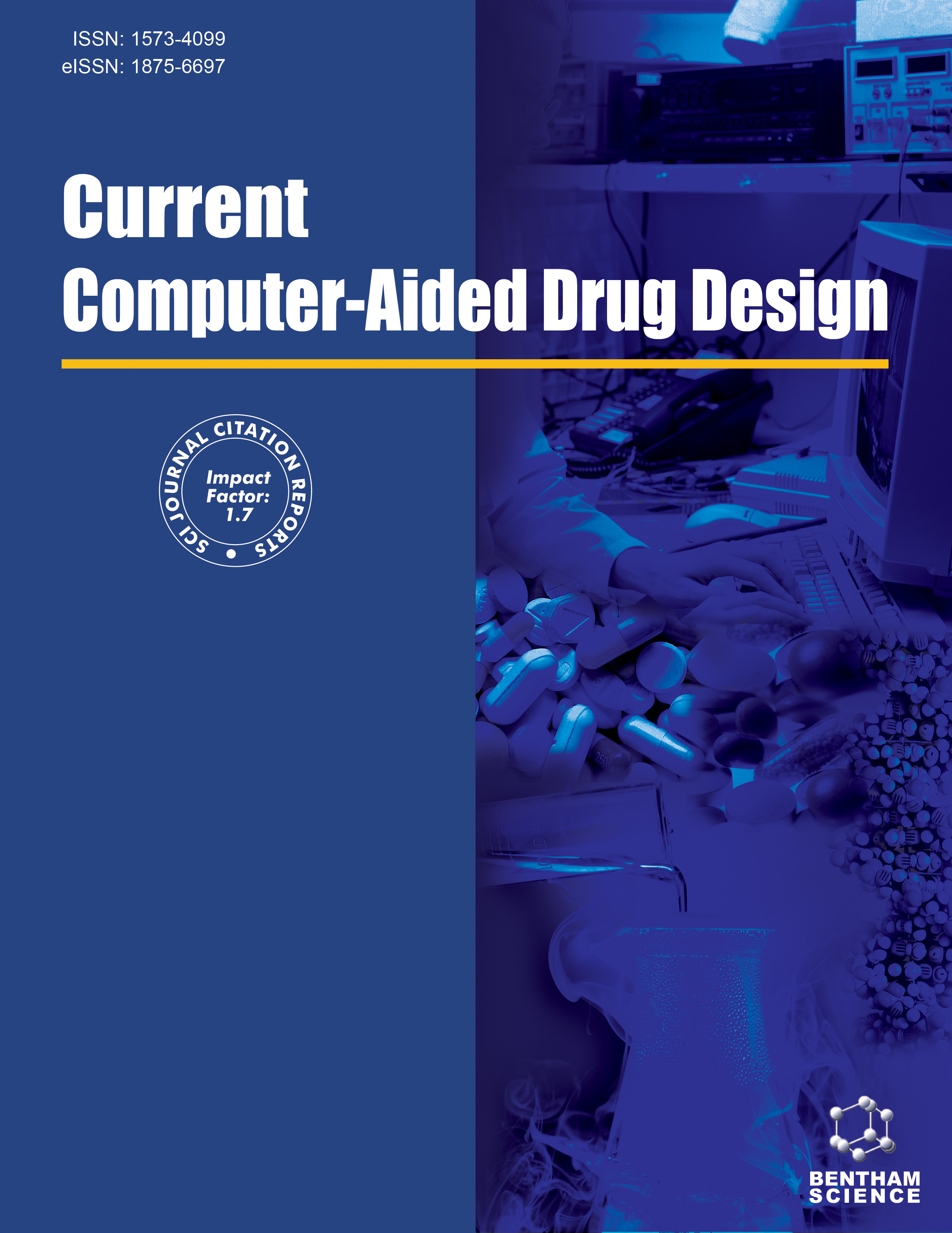
Full text loading...
We use cookies to track usage and preferences.I Understand
Breast cancer (BC) is by far seen as the most common malignancy globally, with 2.261 million patients newly diagnosed, accounting for 11.7% of all cancer patients, according to the Global Cancer Statistics Report (2020). The luminal A subtype accounts for at least half of all BC diagnoses. According to TCM theory, Bushen Huoxue Decoction (BSHXD) is a prescription used for cancer treatment that may influence luminal A subtype breast cancer (LASBC).
To analyze the clinical efficacy and underlying mechanisms of BSHXD in LASBC.
Network pharmacology and in vitro experiments were utilized to foresee the underlying mechanism of BSHXD for LASBC.
According to the bioinformatics analysis, BSHXD induced several proliferation and apoptosis processes against LASBC, and the presumed targets of active components in BSHXD were mainly enriched in the HIF-1 and PI3K/AKT pathways. Flow cytometry assay and western blotting results revealed that the rate of apoptosis enhanced in a dose-dependent manner with BSHXD concentration increasing, respectively. BSHXD notably downregulated the expressions of HIF-1α, P-PI3K, PI3K, P-AKT and AKT proteins. However, adding an HIF-1α agonist restored those protein levels.
The study proved that the mechanism of BSHXD in LASBC may be connected to suppressing proliferation by inhibiting the activity of the HIF-1α/PI3K/AKT signaling pathway and promoting apoptosis via the Caspase cascade in LASBC cells.

Article metrics loading...

Full text loading...
References


Data & Media loading...
Supplements

